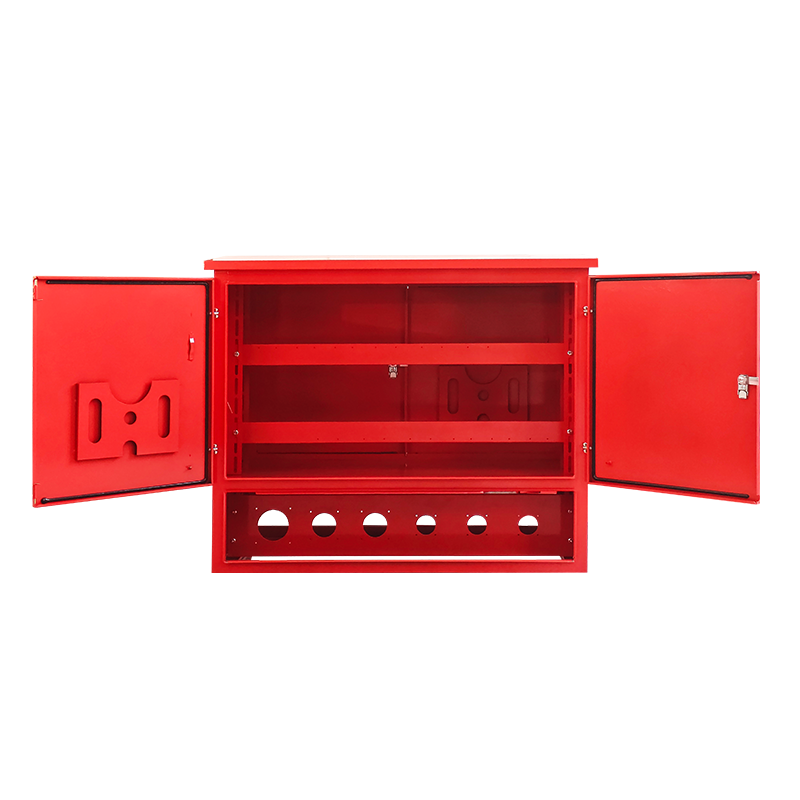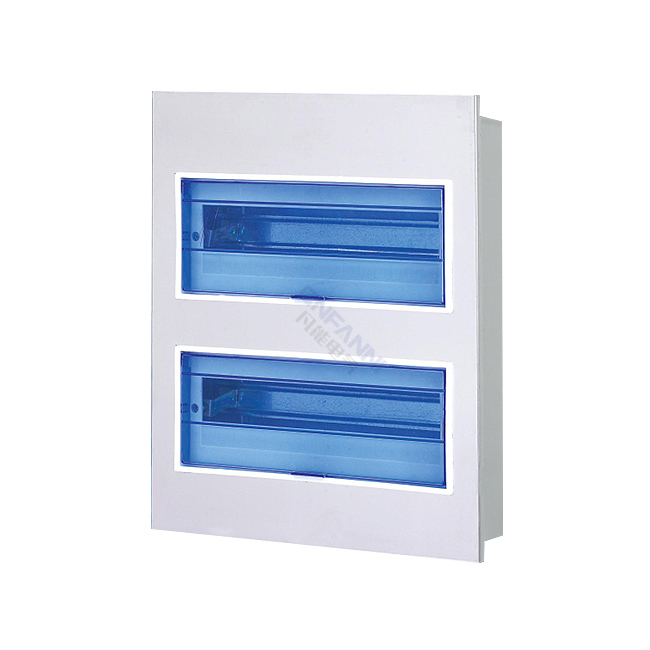Lighting distribution panels and load-center panels are integral to the safe and efficient distribution of electrical power in various settings, including residential, commercial, and industrial environments. These panels house critical components that manage and protect electrical circuits, ensuring reliable operation and compliance with safety standards.
Lighting Panelboards: Custom & Certified Solutions
Lighting panelboards are specialized electrical panels designed to distribute power to lighting circuits. They are often custom-built to meet specific requirements and are certified to ensure safety and reliability. Key features include:
Custom Design: Tailored to fit unique specifications, accommodating various circuit configurations and enclosure sizes. Customization allows the panel to integrate seamlessly into specific architectural layouts, facilitating efficient space utilization.
Certification: Compliant with recognized industry standards, lighting panelboards are designed to meet rigorous safety and performance criteria. Certification provides assurance that the panel has undergone testing for electrical, mechanical, and thermal performance under operational conditions.
Modular Construction: Modular designs facilitate easy expansion and modification to adapt to changing electrical needs. Individual modules can be added or replaced without the need for a full system overhaul, reducing maintenance costs and downtime.
Durable Materials: Constructed from materials resistant to corrosion and environmental factors, lighting panelboards are suitable for both indoor and outdoor installations. Enclosures are often made from treated steel, aluminum, or high-grade plastics, providing structural integrity and long-term durability.
These panelboards are essential in settings where lighting control and distribution are critical, such as commercial buildings, parking structures, industrial plants, and outdoor lighting systems. By providing a centralized point of control, lighting panelboards enhance both safety and operational efficiency.
Wiring Distribution Panels: Cable Types, Installation, & More
Wiring distribution panels serve as the central point for distributing electrical power to multiple circuits. Proper selection and installation of cables are crucial for the panel’s performance, longevity, and safety. Several key considerations include:
Cable Selection: Choosing the appropriate wire gauge and insulation type is critical. Factors such as current load, voltage rating, and environmental exposure must be considered to prevent overheating, voltage drops, or insulation failure.
Conduit Systems: Conduits are used to protect cables from physical damage, provide organization, and improve system aesthetics. Conduit materials are selected based on environmental conditions, with metal conduits offering good mechanical protection and plastic conduits providing flexibility and ease of installation.
Grounding and Bonding: Proper grounding and bonding ensure that all components have a safe electrical path, small the risk of electrical shock and enhancing system stability. Grounding also protects sensitive equipment from electrical disturbances.
Compliance with Standards: Adhering to local and international electrical codes ensures both safety and legality. Correct installation practices, including spacing, support, and termination of wires, contribute to long-term reliability and operational safety.
Correct installation and periodic inspection of wiring distribution panels are essential to prevent electrical faults, small downtime, and extend the lifespan of the electrical system. Proper labeling and documentation of wiring schemes also aid in maintenance and troubleshooting.
Installation Manual: Remote Power System Distribution Box
Remote power system distribution boxes are commonly used for installations in outdoor or challenging environments. Proper installation ensures reliable operation and safety. Key steps in the installation process include:
Site Assessment: Selecting a suitable location is critical. The site should provide easy access for maintenance, protection from environmental elements such as water or debris, and sufficient clearance for cable routing.
Mounting: The distribution box must be securely mounted to a stable structure using appropriate fasteners. Ensuring the box is level prevents mechanical stress on internal components and maintains operational stability.
Electrical Connections: Incoming and outgoing power lines must be connected securely, following recommended torque specifications to prevent loose connections, overheating, or arcing.
Sealing and Weatherproofing: Gaskets and seals prevent water ingress, dust accumulation, and other environmental impacts that could compromise internal components. Weatherproof housings are particularly important in outdoor installations.
Testing and Commissioning: All connections should be verified, and the system should be tested for correct operation before full commissioning. Routine testing helps identify potential issues early and ensures the system functions as intended.
Proper installation practices for remote power distribution boxes are essential to maintain reliable performance, especially in environments exposed to harsh weather or variable operational conditions.
Components of Lighting Distribution Panels
Lighting distribution panels contain several essential components that facilitate safe and efficient power distribution. A detailed understanding of these components is crucial for maintenance and troubleshooting:
Main Circuit Breaker: Serves as the primary disconnect for the panel, enabling complete shutdown of power in emergency situations or for maintenance purposes.
Branch Circuit Breakers: Provide protection for individual circuits against overloads and short circuits. These breakers ensure localized protection, small disruption in case of faults.
Busbars: Conductive bars that distribute power from the main breaker to the branch breakers. Busbars are designed to carry high current loads safely and efficiently.
Neutral and Ground Bars: Provide a centralized point for neutral and ground connections, ensuring safe return paths for current and small electrical hazards.
Control Switches: Allow manual operation of lighting circuits, offering flexibility in controlling specific areas or zones.
Surge Protection Devices: Protect sensitive equipment from voltage spikes, transients, or lightning-induced surges, reducing the risk of equipment damage.
Understanding the function and proper maintenance of these components is essential to ensure that lighting distribution panels operate safely and effectively over time.
Lighting Distribution Panel – Unique Power & Control System
In specialized applications, lighting distribution panels may include unique power and control systems designed to meet specific operational requirements:
Integrated Control Systems: Centralized control enables monitoring and operation of multiple lighting circuits through digital interfaces, allowing efficient management of large or complex facilities.
Energy Management Features: Sensors and controllers optimize energy usage, helping reduce operational costs while maintaining consistent performance.
Remote Monitoring: Enables off-site monitoring, diagnostics, and predictive maintenance, which allows operators to address issues proactively before they escalate into failures.
Scalability: Panels are designed to accommodate future expansion, facilitating integration with additional circuits or building management systems.
These advanced features make such lighting distribution panels suitable for large-scale installations like smart buildings, stadiums, airports, or industrial complexes, where centralized control and efficiency are priorities.
Lighting distribution panels and load-center panels are foundational elements of modern electrical infrastructure. Their design, components, and installation practices are critical for ensuring safety, efficiency, and compliance with electrical standards. Properly designed and installed panels provide reliable power distribution, protect electrical circuits from faults, and allow flexible control of lighting and other loads.
Understanding the nuances of cable selection, component functionality, and installation procedures ensures that panels perform as intended and remain operational over extended periods. By carefully considering materials, design, installation, and system integration, lighting distribution panels and load-center panels continue to play a central role in safe and efficient power management across residential, commercial, and industrial applications.


 English
English русский
русский عربى
عربى








